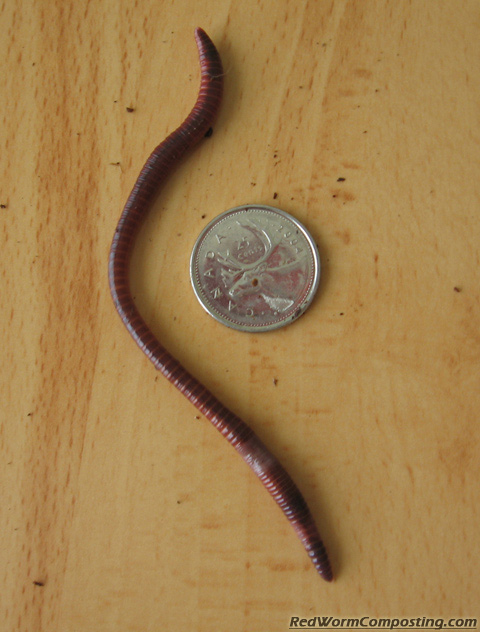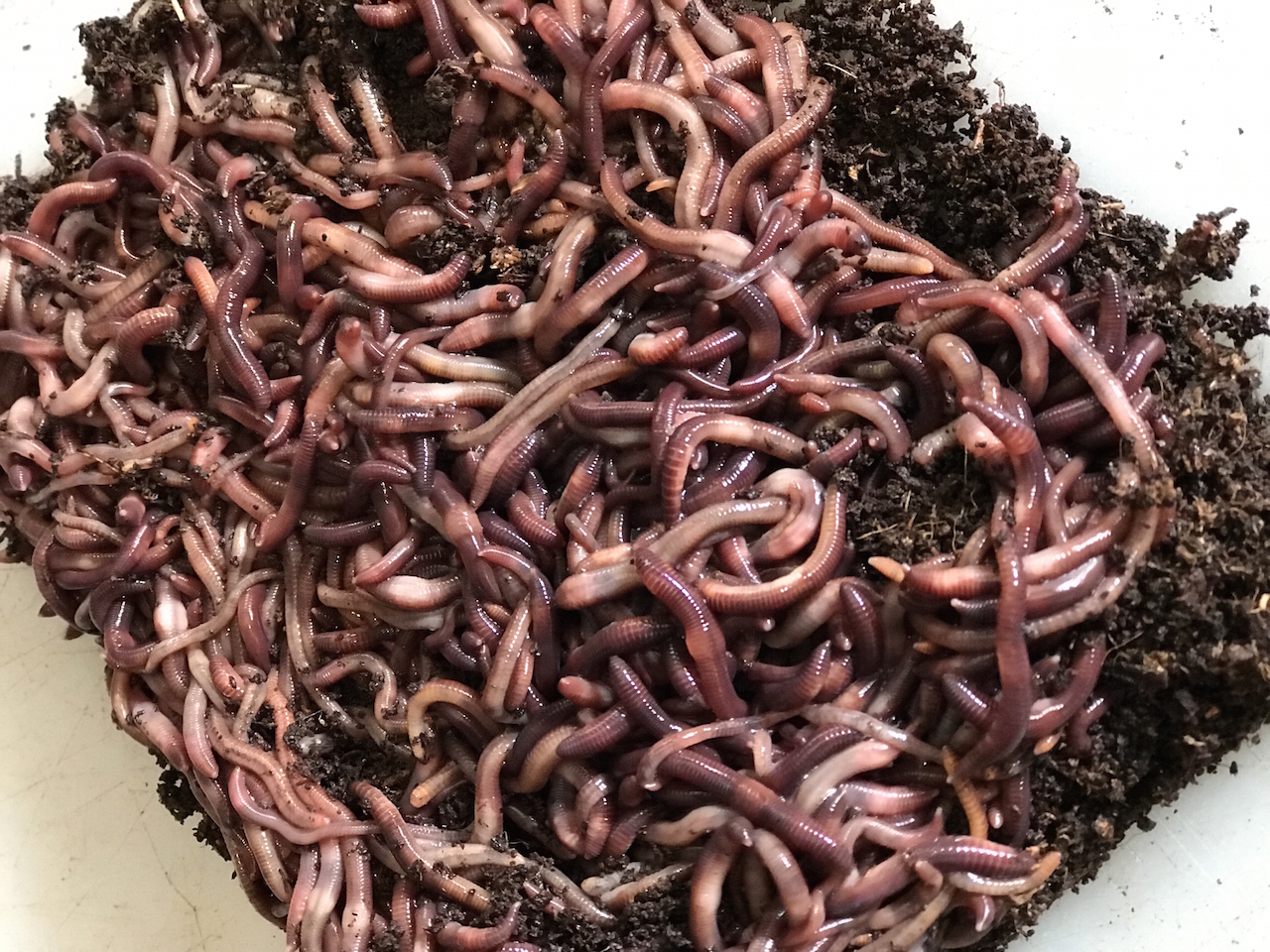Achieve a Greener Lawn with the Help of Red Wiggler Express Lawn Care Solutions
Achieve a Greener Lawn with the Help of Red Wiggler Express Lawn Care Solutions
Blog Article
Open the Keys of Red Wigglers: Your Guide to Composting Success
The combination of red wigglers into composting methods provides a substantial possibility for boosting soil wellness and promoting sustainability. These organisms are not just reliable recyclers of organic waste; they supply a myriad of advantages that can transform yard monitoring. Recognizing their demands and behaviors is important for optimizing their capacity, from establishing an ideal worm bin to feeding them the appropriate products. As we check out the crucial parts of successful vermicomposting, one may ask yourself exactly how these small creatures can bring about a much more vibrant and efficient yard ecological community.

What Are Red Wigglers?
(Lake Rhodhiss Bait)Red wigglers, clinically referred to as Eisenia fetida, are a species of earthworm mainly utilized in composting because of their exceptional ability to decay organic matter effectively. These worms are defined by their reddish-brown pigmentation and a segmented body, generally gauging in between 3 to 4 inches in length. Unlike other earthworm species, red wigglers prosper in rich, natural atmospheres, making them ideal for vermicomposting systems.
Indigenous to The United States And copyright, they are typically discovered in decaying leaves and compost heap, where they play an important duty in nutrient recycling. Their adaptation to staying in a wet, cardio setting allows them to eat huge quantities of organic waste, damaging it down right into nutrient-rich castings that improve dirt health.
Red wigglers replicate quickly, with a solitary worm capable of producing several cocoons each week, each containing numerous hatchlings. This rapid reproduction price adds to their performance in composting procedures. They favor temperatures in between 60 ° F and 80 ° F, and their activity level raises substantially within this variety, additional assisting in the decay process. Understanding the biology and behavior of red wigglers is necessary for optimizing their capacity in composting applications.
Advantages of Utilizing Red Wigglers
Harnessing the power of red wigglers in composting offers countless advantages that enhance soil health and wellness and advertise lasting waste management. These impressive organisms effectively damage down natural matter, transforming cooking area scraps and backyard waste into nutrient-rich vermicompost. This finished product is exceptionally advantageous for plant growth, as it enhances soil framework, raises dampness retention, and boosts nutrition schedule.

(Lake Rhodhiss Bait)In addition, the visibility of red wigglers in your composting system can increase the composting process, creating top quality garden compost in a portion of the time compared to typical approaches. The castings generated by these worms are likewise including helpful bacteria that even more enrich the dirt ecosystem.
Establishing Up Your Worm Container
Developing an efficient worm container is a straightforward process that can significantly improve your composting efforts. Worm bins can be made from plastic storage bins, wood boxes, or readily readily available worm bins.
Next, prepare the bed linen material, which works as the worms' habitat. A mix of shredded paper, cardboard, and coconut coir works well, providing a comfortable setting for the worms. Aim for a bed linen deepness of regarding 4-6 inches. Dampen the bedding gently, ensuring it looks like a wet sponge without excess water pooling near the bottom.

Feeding Your Red Wigglers
To guarantee the health and wellness and productivity of your red wigglers, it is important to give them with a balanced diet regimen that satisfies their dietary demands. Red wigglers thrive on a diverse array of organic products, which not just supply required nutrients yet likewise advertise efficient composting.
Start by including cooking area scraps such as vegetable peels, fruit cores, and coffee grounds. Stay clear of citrus fruits, onions, and garlic, as these can be destructive to worm wellness. In addition, introduce shredded paper, cardboard, and dry fallen leaves to develop a well-aerated atmosphere.
Feeding frequency must be monitored; usually, worms can consume half their body weight in food weekly. It is important to stay clear of overfeeding, as excess food can result in unpleasant smells and attract pests. A great technique is to include food in percentages, permitting worms to process it prior to introducing a lot more.
Keeping wetness levels is additionally essential; the bed linen ought to be wet however not soaked. Be sure to regularly examine the temperature and pH levels of the bin to make sure an ideal setting for your red wigglers, ultimately enhancing their composting efficiency.
Harvesting and Making Use Of Garden Compost
A successful composting process with red wigglers finishes in the rich, dark compost called vermicompost, which can significantly improve dirt health and plant development. Gathering this nutrient-dense material usually happens every three to 6 months, depending upon the dimension of your system and the quantity of natural issue being processed.
To gather, delicately different the garden compost from the worms and any type of undecomposed products. One effective technique involves moving the contents of the container away and including fresh bed linen and food to the vacant room, motivating the worms to move. After a few days, the compost can be accumulated from the contrary side.
It is necessary to utilize vermicompost properly to optimize its advantages. By incorporating vermicompost right into your horticulture regimen, you not only recycle natural waste however additionally create a successful ecological community that supports sustainable horticulture techniques.
Conclusion
In recap, red wigglers work as exceptional allies in composting initiatives, changing natural waste into nutrient-rich vermicompost (Red Wiggler Express). Their distinct biological characteristics and reliable waste handling capabilities contribute dramatically to lasting horticulture techniques. By recognizing the optimum conditions for their environment, article feeding requirements, and garden compost harvesting strategies, garden enthusiasts can enhance dirt health and advertise plant vitality. Accepting vermicomposting not only reduces landfill waste yet likewise fosters a much more ecologically accountable method to horticulture and source administration.
Report this page